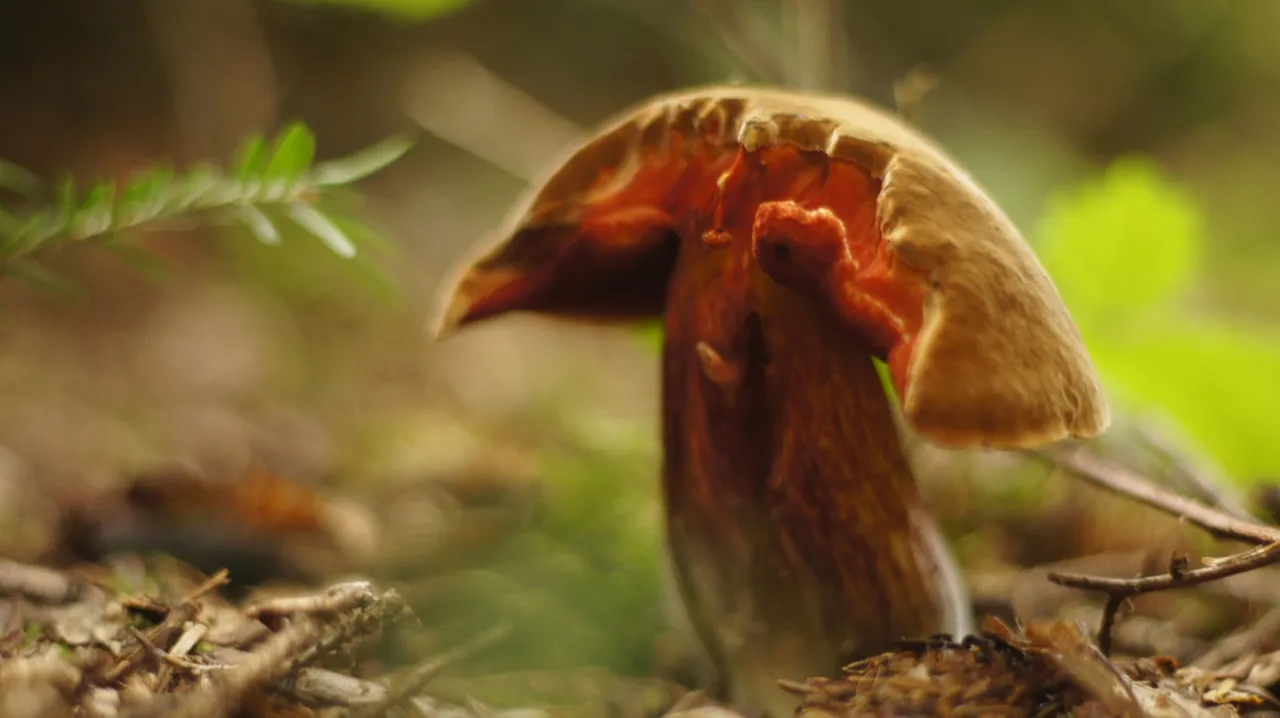 Sony Nex VG 10, 50mm, f /1.8
Sony Nex VG 10, 50mm, f /1.8
Introduction
A few days ago I stumbled across a mushroom that tasted really exceptional and wasn't even approved or cleared by fungi inspectors around where I live until a year ago. The fact that we know so little about this and that there are so many edible kinds of mushrooms out there, opens a door into the fungi kingdom that uncovers a whole new world. Apparently, in California they theorise the existence of fungi on other planets with certainty. Since there would be fungi inhabiting extrasolar planets, a new field of research needed to be defined, called astromycology. Paul Stamets, with whom you all might already be familiar with, inspired a lot of people, including me to get into hunting these fruit bodies and immersing myself into mycological studies. Although I met some really special people who are into mushrooms, I was even more surprised and not so bewildered anymore when I encountered people I already knew at mushroom excursions, meetings and discussions interested in the subject. They already seemed like such great people, but bumping into them at in these spaces gave their characters so much more substance. At first it was a 'Hey, what are you doing here', a short silence and a thought followed that was more like 'Ah, makes sense'.
In my last post on the xerocomellus crysenteron, I go over some characteristics of mushrooms in the Boletus genus family. I also took a picture of me with a Meripilus giganteus, the Giant Polypore fungus.
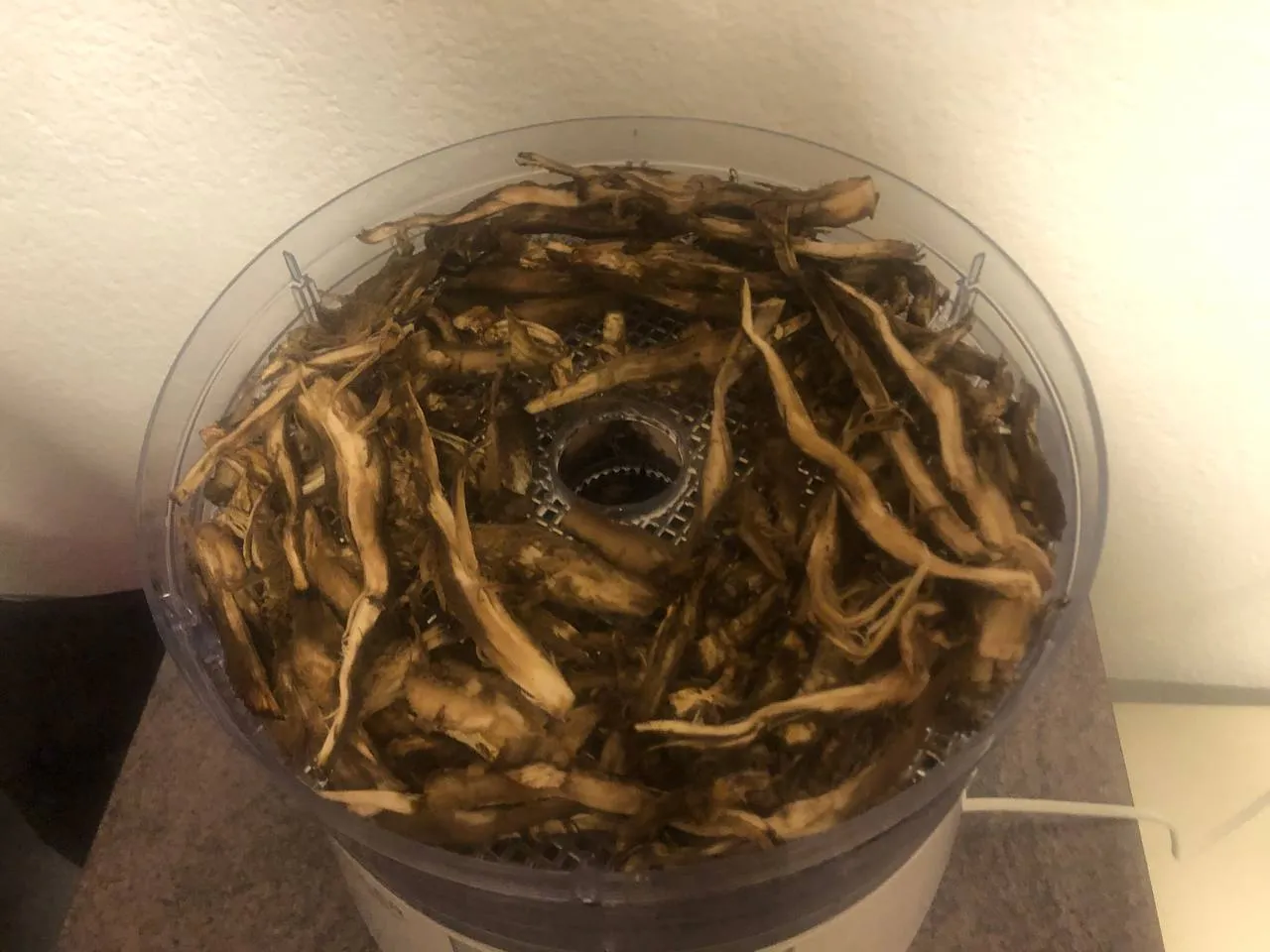
Photo: Iphone 8
It took ages to process this. Cut out the inedible parts and dehydrate more than 20kg's of this mushroom.
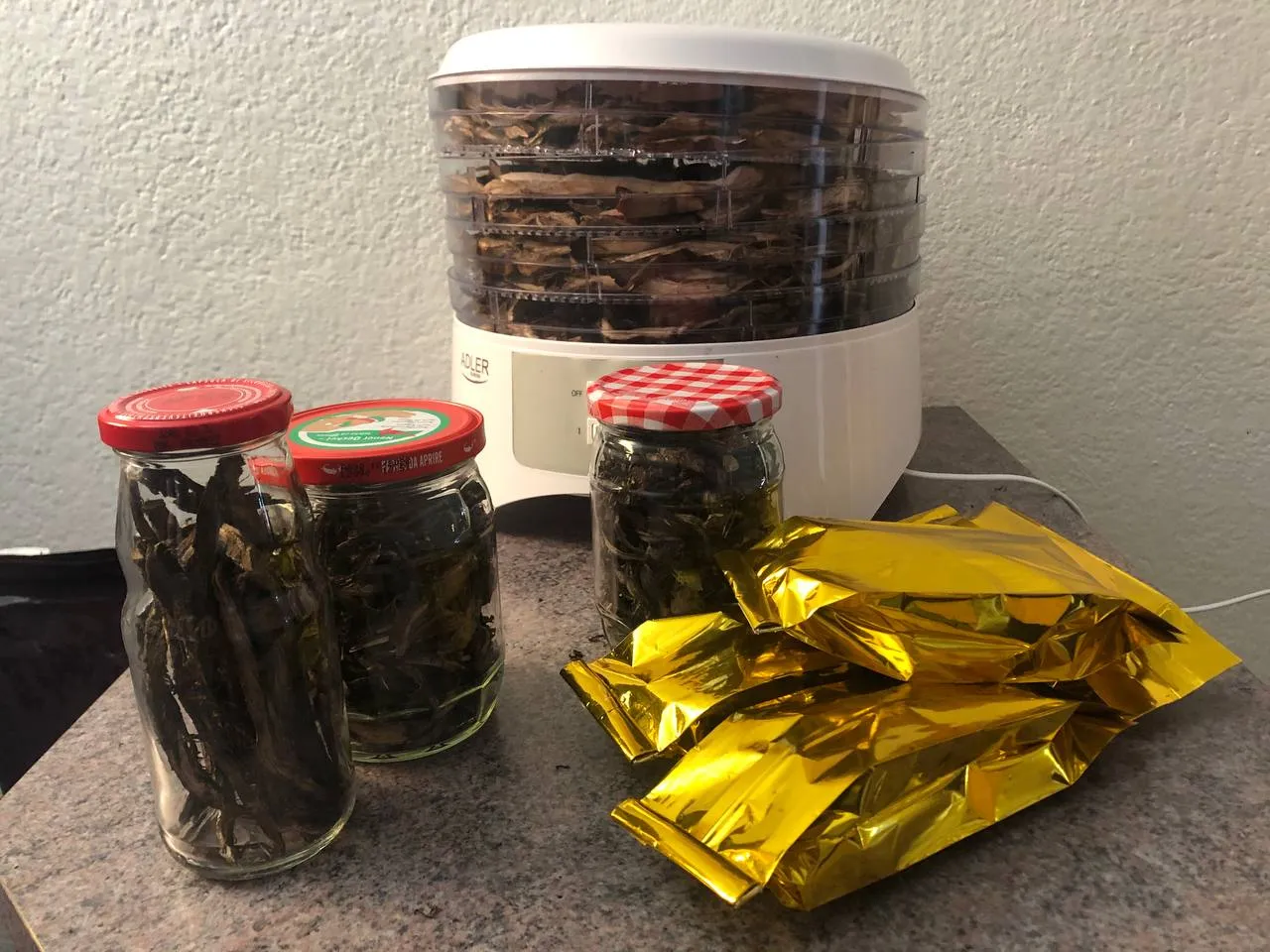 Photo: Iphone 8
Photo: Iphone 8
There is evidently so much more to know about the Boletaceae genus and important to narrow it down to specifically identifying the mushroom you're looking at, rather than to compare it. The prized Boletus Edulis or king bolete is commonly known. It's also one of the first ones a friend who introduced me to mushroom hunting showed me a year ago. My second one was a Cortinarius violaceus and the third a Macrolepiota procera. Although at times confusing, certain characteristics apply to very specific mushrooms.
Really vast and also subject to computational analyses, gene sequencing and molecular phylogenetic data, we will soon probably have to rename some mushrooms. This would mean their latin names might change. This is because we would then maybe find out that some boletus genus mushrooms could be more closely related to mushroom with lamellae instead of other ones with Tubes (Hymenophores).
Mindful Foraging
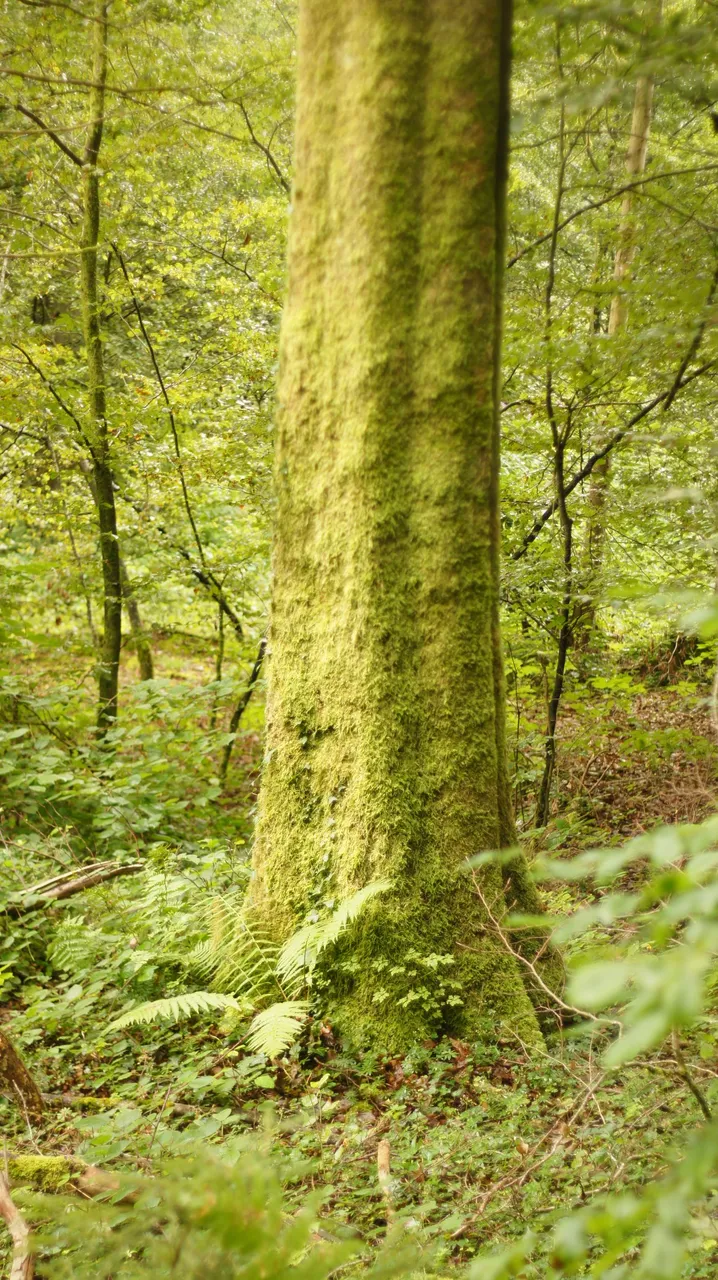
Sony Nex VG 10, 50mm, f /1.8
Citizens of the Hive!
As you might know from previous posts, I always like to share my findings and I can greatly appreciate when others share their process or the arithmetics behind their art or craft. What I really admire a lot, is integrity, respect, a sense of empathy and being considerate towards nature when it comes to our environment. After all we also share with other living beings.
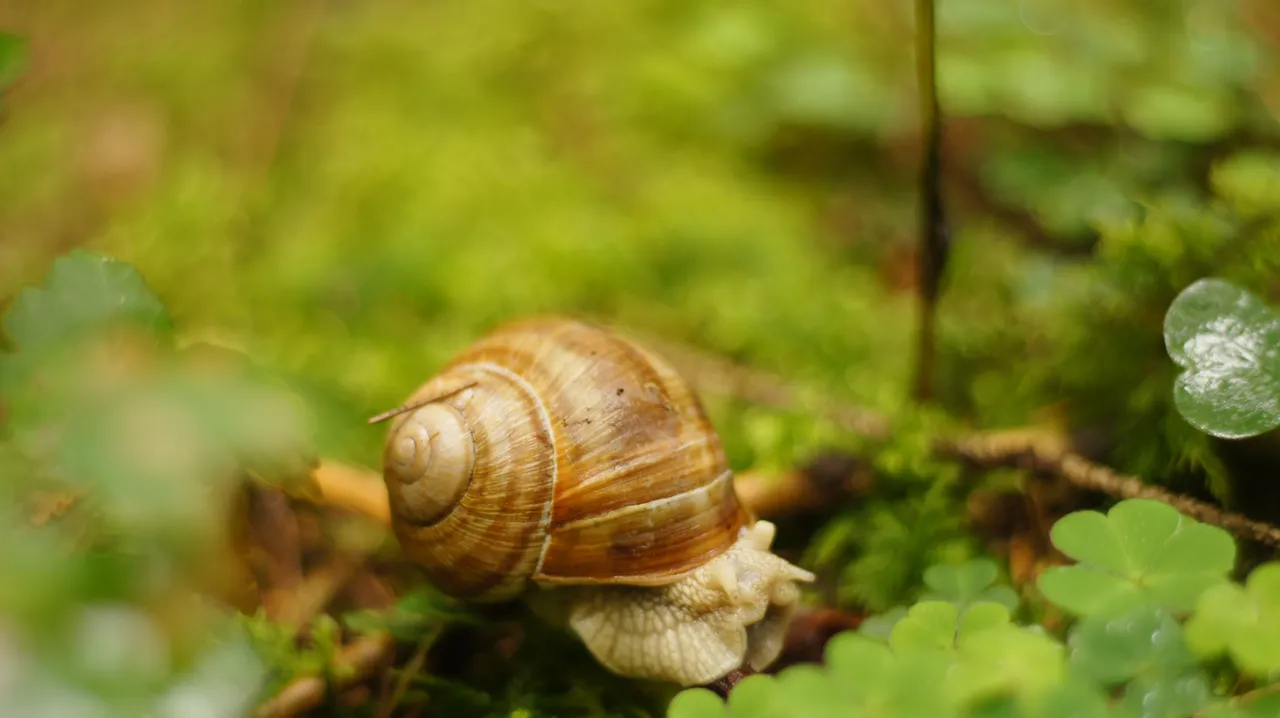 Sony Nex VG 10, 50mm, f /1.8
Sony Nex VG 10, 50mm, f /1.8
On my last hunt, I came out to a concrete road that lead through the forest and found a lot of trash that people probably threw out of their cars from their windows while passing through. This really hurt my feelings, because this is a truly magical forest. The ferns and moss gave so much depth to this rich, lush, green and ambrosial oasis.
 I pick up trash everytime i go foraging for mushrooms #cleanplanet, Sony Nex VG 10, 50mm, f /1.8
I pick up trash everytime i go foraging for mushrooms #cleanplanet, Sony Nex VG 10, 50mm, f /1.8
Not very surprised, I often pick up trash of a certain brand. Murder king paper packaging, cheap Swiss mainstream glyphosate beer like Feldchözli or Quellgülle, Coke, an energy drink with a bull...etc.just not to directly name these disgraceful corporations. It's not like i'm actually finding food packaging from organic stores that are made from biodegradable packaging materials?
With all the pesticides that are being used in Switzerland, most agro economic systems here currently don't please me at all. This spring I really noticed the difference when I saw only yellow and white flowers surrounding fields with conventional agricultural practices.
Occasionally I could see the difference in fields that were devoid of farming, that had many different colorful flowers, plenty of bees and other pollinators. I travel far from where I live to find a mycelial oasis that permeates the symbiosis amongst the forest network and radiates interconnectedness that I learned to appreciate so much. Forests are one of the last places I truly find sanctuary and peace. I really hope that more people will understand and see that trash does not belong in the forests. I will not apologise to anyone who thinks I am opposing GMO or discouraging littering of consumer goods packaging in forests. I think it actually simply lacks civic sense and i'd like to mention this here. If you want to make a change, pick up litter from specially such places. Let's encourage mindful foraging.
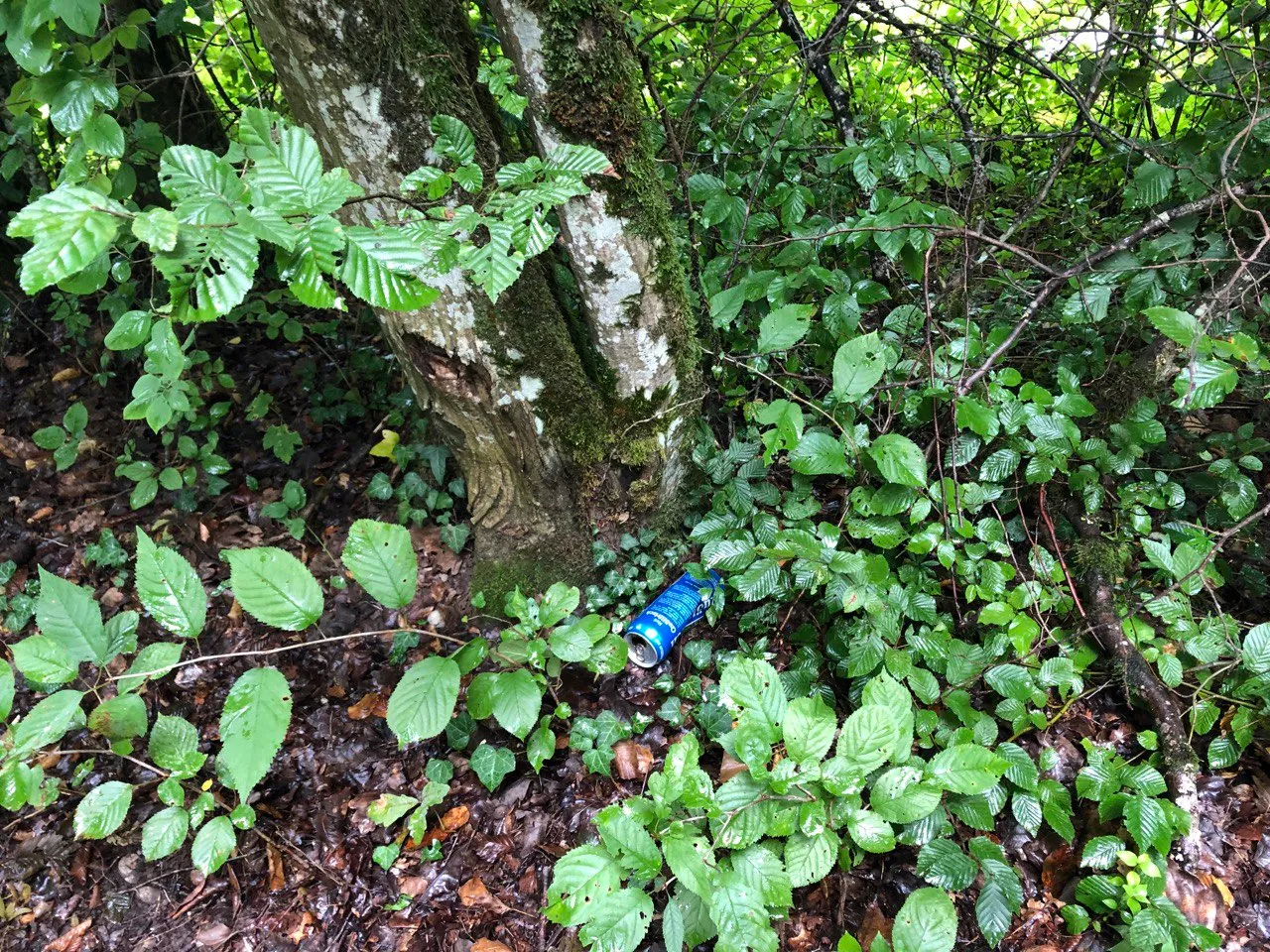 Photo: Iphone 8
Photo: Iphone 8

The Hunt
So recently, I stumbled across the delicious Neoboletus Luridiformis aka the Dotted stem bolete. Close to Spruce trees or the Genus Picea I often discover various Boletus mushrooms. Amongst them, there are a few rare finds. One such is the Neoboletus Luridiformis. It also comes in a lighter colored pileus.
Neoboletus Luridiformis
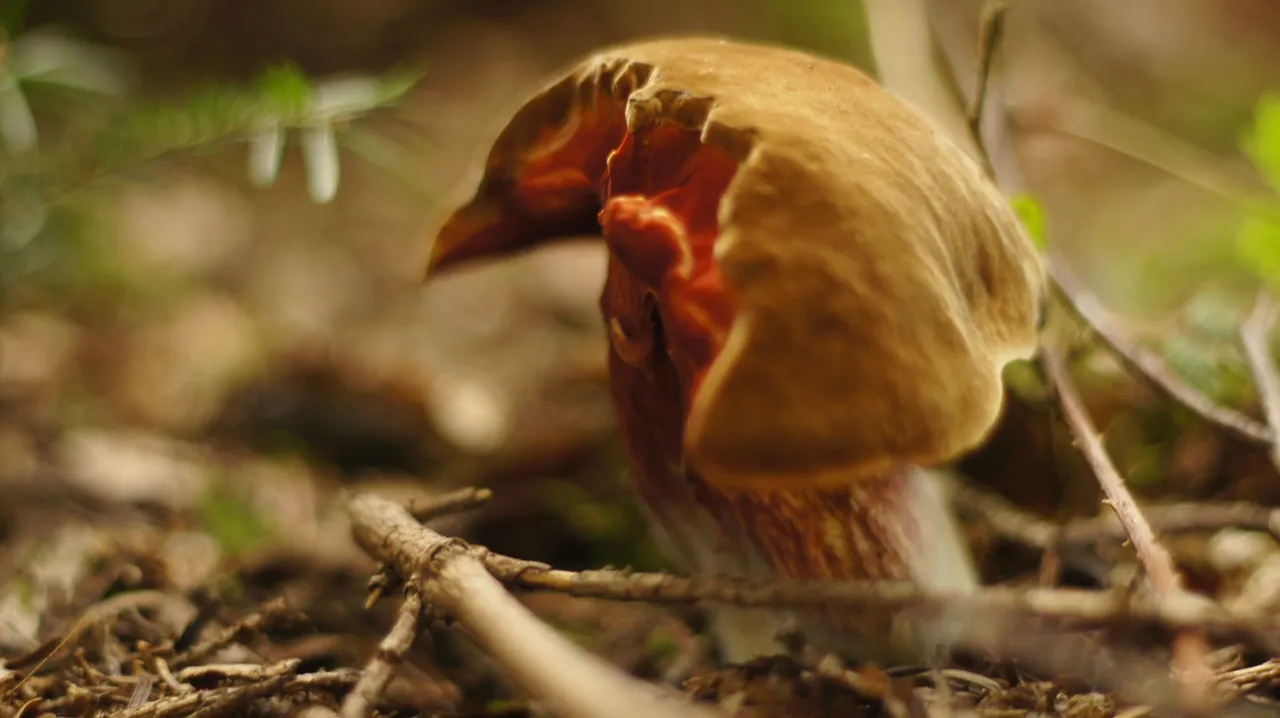 Sony Nex VG 10, 50mm, f /1.8
Sony Nex VG 10, 50mm, f /1.8
When I spotted it, I knew what I was facing and the specimen was also quite big. Very exciting! Also termed the Scarletina Bolete, it really has a majestic appearance.
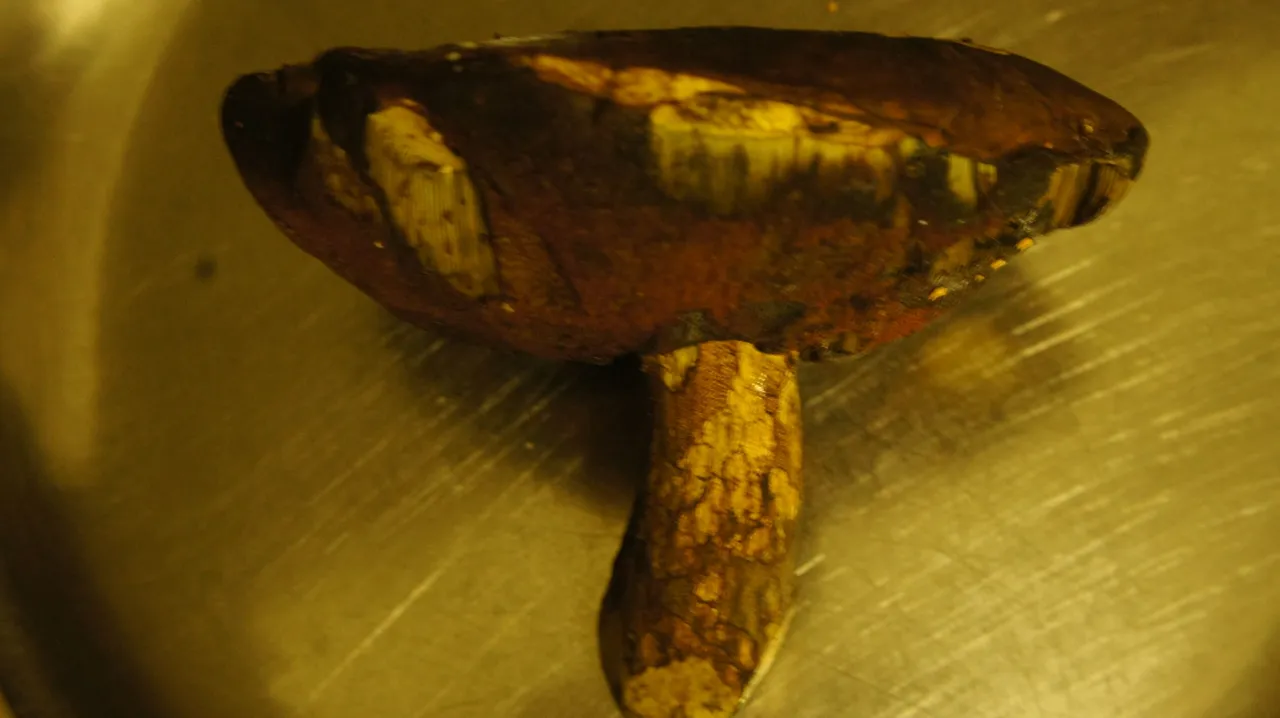 Sony Nex VG 10, 50mm, f /1.8
Sony Nex VG 10, 50mm, f /1.8
Misinterpretations
As I mentioned in my previous post on the Xerocomellus Crystenteron, also the Neoboletus Luridiformis can also be misinterpreted for a Rubroboletus satanas, which is poisonous. One must be cautious and properly identify it.
 Tylopilus felleus - Not Edible
Tylopilus felleus - Not Edible
Sony Nex VG 10, 50mm, f /1.8
Identification
Known as Dotted Stem Bolete, the Neoboletus Luridiformis is firstly identified by it's leathery cap or pileus.
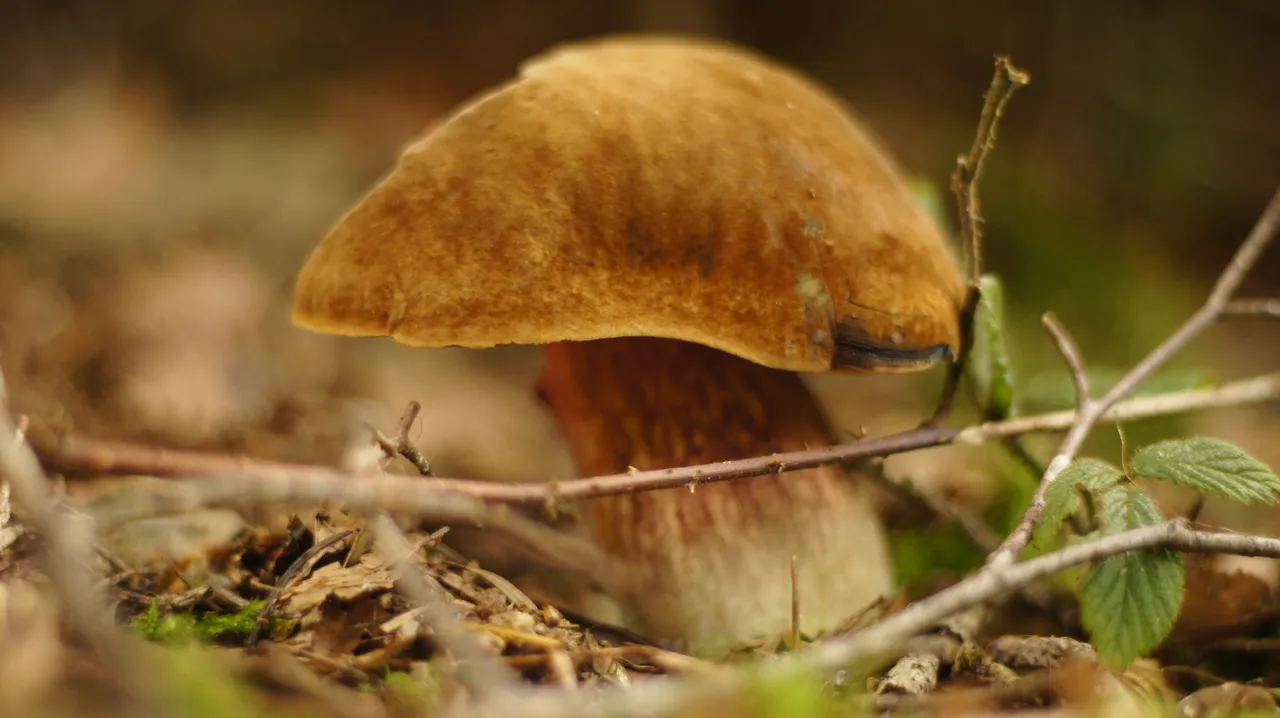 Sony Nex VG 10, 50mm, f /1.8
Sony Nex VG 10, 50mm, f /1.8
The Stem has a densely dotted red pattern. It stains blue when you cut or injure it immediately. The tubes are orange in color at first. Similar to the Suillellus luridus which has a net like pattern/red mesh pattern. While cutting the lining between the cap flesh and pores turns red.
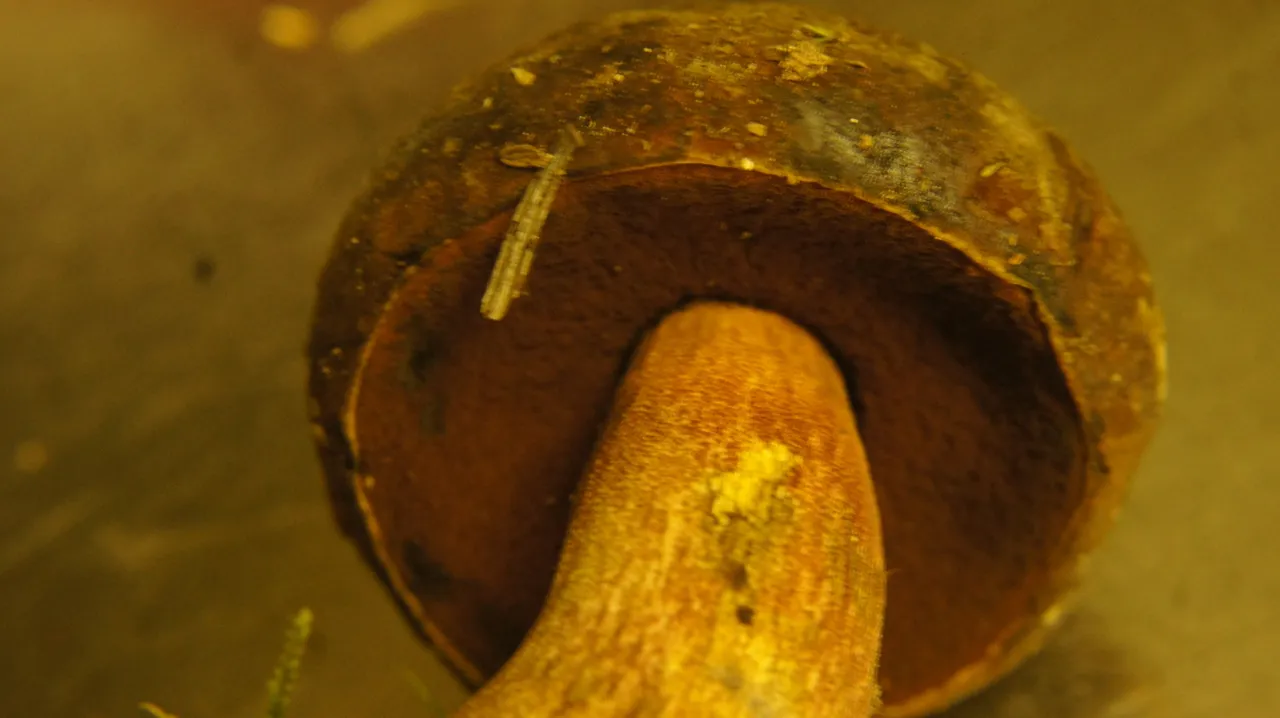 Sony Nex VG 10, 35mm, f /3.5
Sony Nex VG 10, 35mm, f /3.5
The line around the edge of the cap in the Neoboletus luridiformis and the tubes turns blue immediately. This helps to differentiate in case the stem pattern isn't visible anymore. As mentioned, the stem structure of dotted red and slightly yellowish at the bottom of the stem really gives it away. The flesh is generally yellowish before it turns bluish green when cut or bruised. The sponge like pores starting yellow-orange, turn red brown once it matures. The spore print is olive brown. Like the Xerocomellos Crysenteron, the Neoboletus Luridiformis grows in acidic soils under conifers.
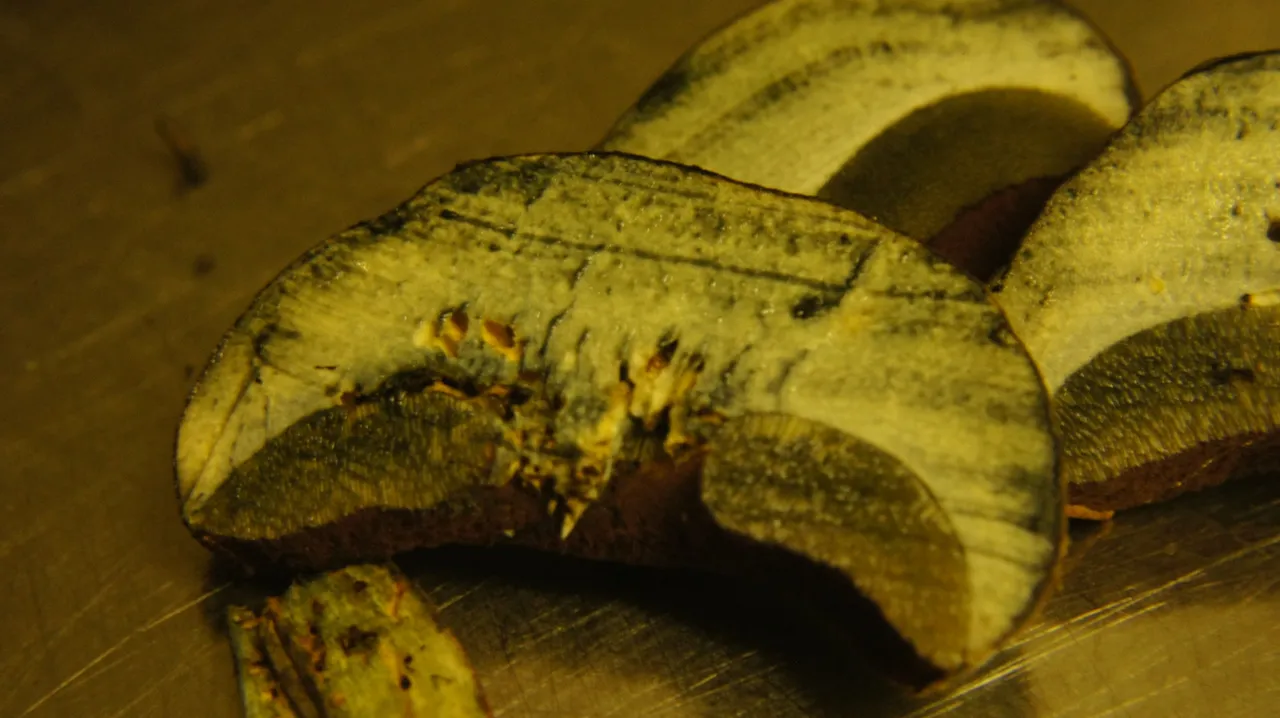 Sony Nex VG 10, 35mm, f /3.5
Sony Nex VG 10, 35mm, f /3.5

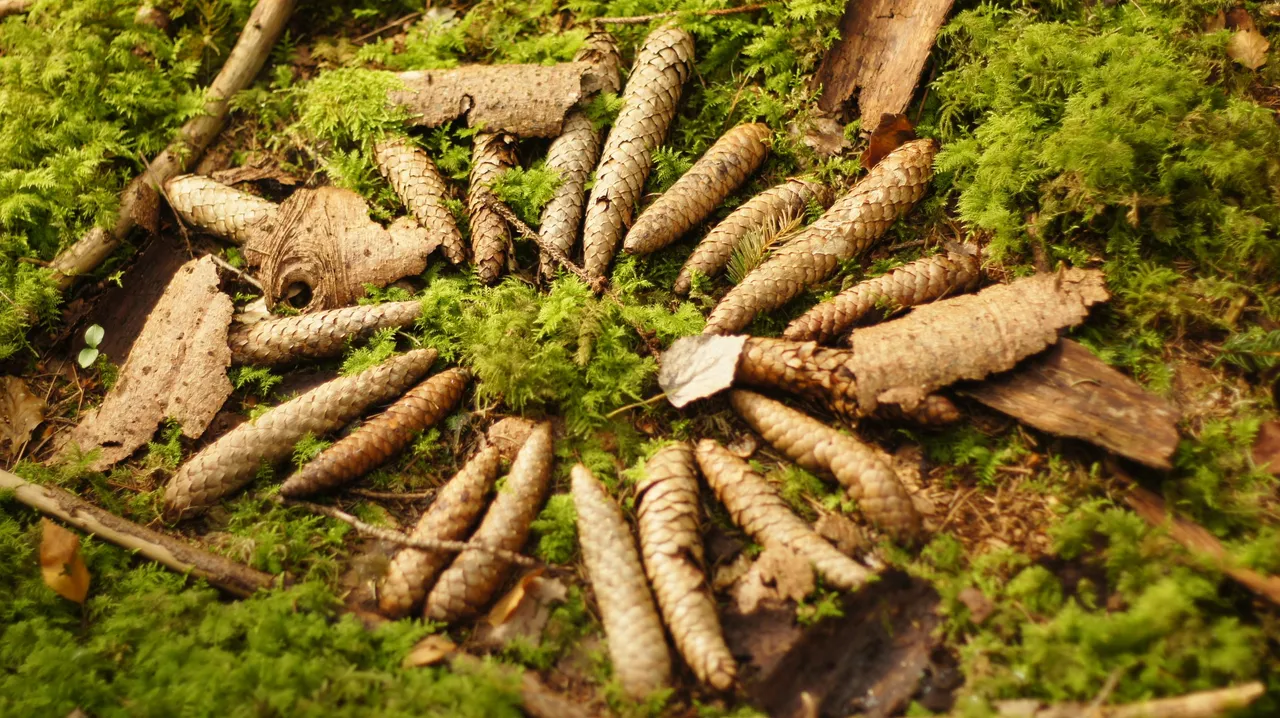 Sony Nex VG 10, 50mm, f /1.8
Sony Nex VG 10, 50mm, f /1.8
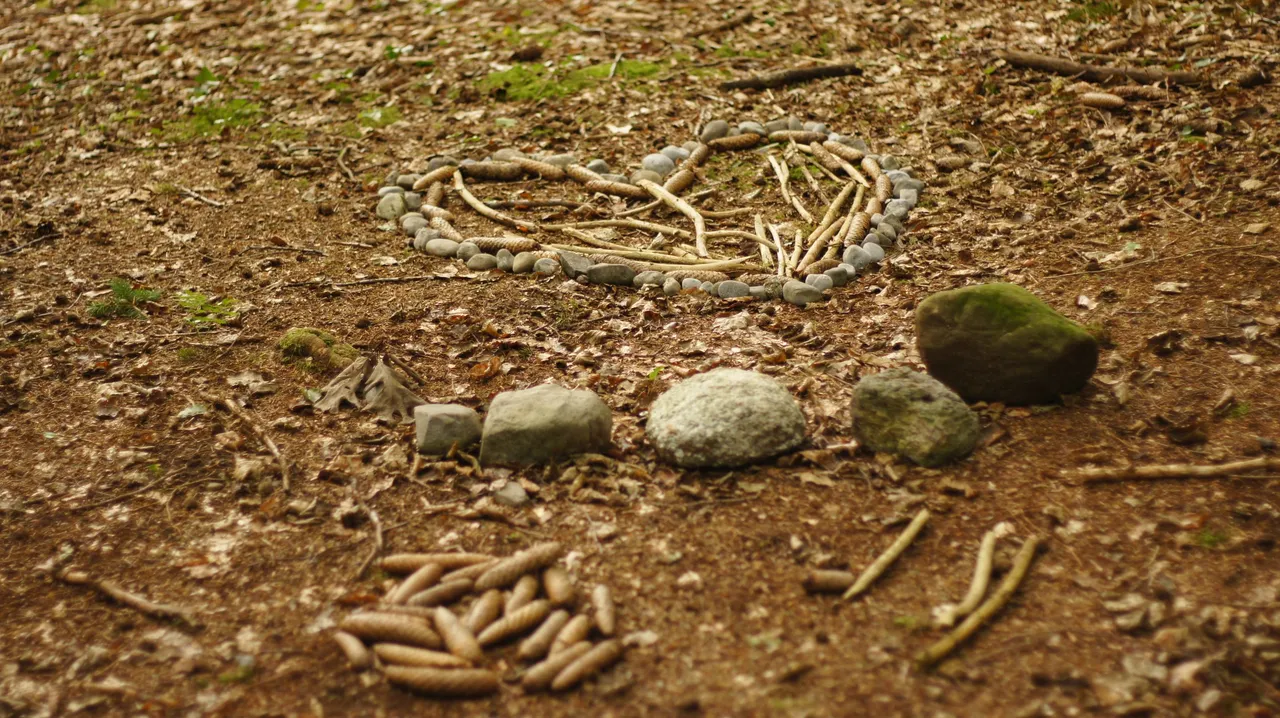 Sony Nex VG 10, 50mm, f /1.8
Sony Nex VG 10, 50mm, f /1.8
 Sony Nex VG 10, 50mm, f /1.8
Sony Nex VG 10, 50mm, f /1.8
| Category | #hive-166168, #hive-127788, #photocircle, #naturalmedicine |
| Settings | ISO 4000 50 mm f/3.5 |
| Camera | Sony NEX VG 10 / Iphone 8 |
| Lens | Canon EOS 50mm f / 1.8 |
| Location | Hägglingen(AG), Hochfelden(ZH) - Switzerland |
| Photographer | @yangyanje |
Conclusions
The Neoboletus Luridiformis belongs to ectomycorrhizal basidiomycetes. The porous hymenium and fleshy fruiting bodies are edible only after cooking(up to 20min). Gelardi, Simonini& Vizzini, analysed it genetically during 2014 and renamed it Neoboletus. Based on molecular phylogenetic analysis (Vizzini, 2015), this genus is 97% related to Xerocomus rubellus. In German it's called the Flockenstielige Hexen-Röhrling. What I often hear, is that other blue staining Boletus should apparently be avoided.
Conifer Forest are known to be layered with carbon rich litter. In exchange for carbon, mycorrhizal fungi receive phosphorous and nitrogen from the soil by taking part in a mutualistic symbiosis with the roots of trees. Mycorrhizal fungi receives carbohydrates produced by trees through photosynthesis in exchange for improving moisture absorption capabilities. As mycorrhizal fungi mainly colonises humus, they grow into fleshy fruiting bodies that contain many nutrients important for humans.
Known as Endomycorrhizas, the fungi that develops into the fruiting bodies are contained within the root, which is why they then give rise to so called ectomycorrhizal basidiomycetes. Low in saturated and desaturated fat, it's dietary fiber can stimulate digestion. The bolete mushroom is rich in natural protein. Apart from natural antioxidants such as vitamin C, ergothinene, flavonoids, and phenolic compounds, they contain minerals such as selenium, manganese, zinc, copper, iodine, and molybdenum. They even have modest amounts of vitamin-D (ergo-calciferol), important for calcium and phosphate metabolism. I believe that it's bioactive form can suit certain flora for optimal benefits to lower LDL cholesterol and improve thyroid function. Furthermore the small concentrations of B-complex groups of vitamins like thiamin(b1), riboflavin(b2), niacin(b3), pantothenic acid(b5) and pyridoxine(b6) might just be the perfect combination of b-complex vitamins to favour optimal gut synthesis for these B vitamins. Not to forget SCFAs(short chain fatty acids) and how they effect our Signaling Pathways through the fermentation of fructoligiosaccharides and polysaccharides in dietary fiber.
In both processes, saprophytic and mycorrhizal, there is an exchange where plants receive water and mycorrhizal fungi transports food for which they receive glucose.
While saprophytes are excellent in decomposing woody materials. Saprophytes adapt to metabolic demands of their host organisms.
Even we humans have a symbiosis with saprophytic fungi. Called a endobiogenic equilibrium, the metabolic demand of the host determines the growth of saprophytes. Interaction between host, flora and buffering capacity will determine the adaptive response of an organism. Similar to the dysbiosis in humans linked to their gut-brain axis, endobiogenic equilibrium depends on the ability through optimal flora or biota to achieve symbiosis with the saprophytes inhabiting an epiorganism such as a human. As I mentioned in my previous posts on microbiota, our gut biome located in the colon makes up most of our immune system. One must pay close attention to one's enteric flora as it is not only linked to our brain via the vagus nerve(gut brain axis), but produces most of our neurotransmitters, which also constitute to our mental health as well. The enteric nervous system also boots our parasympathetic healing process. Saprophytes are some of the best probiotics out there! Mycorrhiza help regulate gut health through microbial fermentation of indigestible carbohydrates contained in these mushrooms. They appear to be key mediators in the beneficial effects they have on the gut microbiome.
I believe that we are seeing a very strong trend towards a mycophillic society. Natural health and plant medicines as well as phytopharmaceuticals or nutraceuticals, that have received so much more attention in the past couple of years and are now subject to ever more scientific scrutiny, as well as under increased emphasis to be licensed by Big Pharma. I am convinced that the growing body of evidence can no longer be denied, that supports their use case for various ailments in Neurodegenerating diseases, Alzheimer's disease and cancer. The medicinal properties of saprophytic fungi growing on dead trees is revealing itself to our world more than ever before. Maybe the various kinds of fungi contributed to a significant part of human evolution and the neurons of earth know more than we can catch up with? We might need them to give us regular updates?
Amitābha!
अमिताभ

Previous Posts on Mushrooms:

Posts of Wild Herbs:

Here are all my previous recipes, always vegan in case you feel like trying something else:
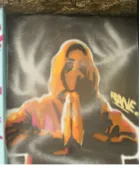

'Only but a spec of a few grains in your hands can be perceived amongst the infinite sands of all beaches in a short human lifespan. Within the time we have to interpret just of few grains, life is too short to take them all so serious. To some of us each granule looks the same, yet none is identical. To some sand are trifles in the vastness of the universe and to others it is the details that matter. As some get lost in the few grains on their hand, aware one could spend a lifetime studying one granule, the mind encompassing all the earth's beaches will never miss the beauty of the whole by appreciating minuscule details. Enjoy the sand before the winds of time blow them from your hand.' - @yangyanje
#naturalmedicine, #spirituality, #hive-120586, #hive-163521, #hive-110490, #hive-166168, #fungilovers, #amazingnature, #naturalhealth, #food, #hive-141827
 Join the holistic health economy on hive!
Join the holistic health economy on hive!  Meditate with the Hivemind
Meditate with the Hivemind Visit cleanplanet.io
Visit cleanplanet.io